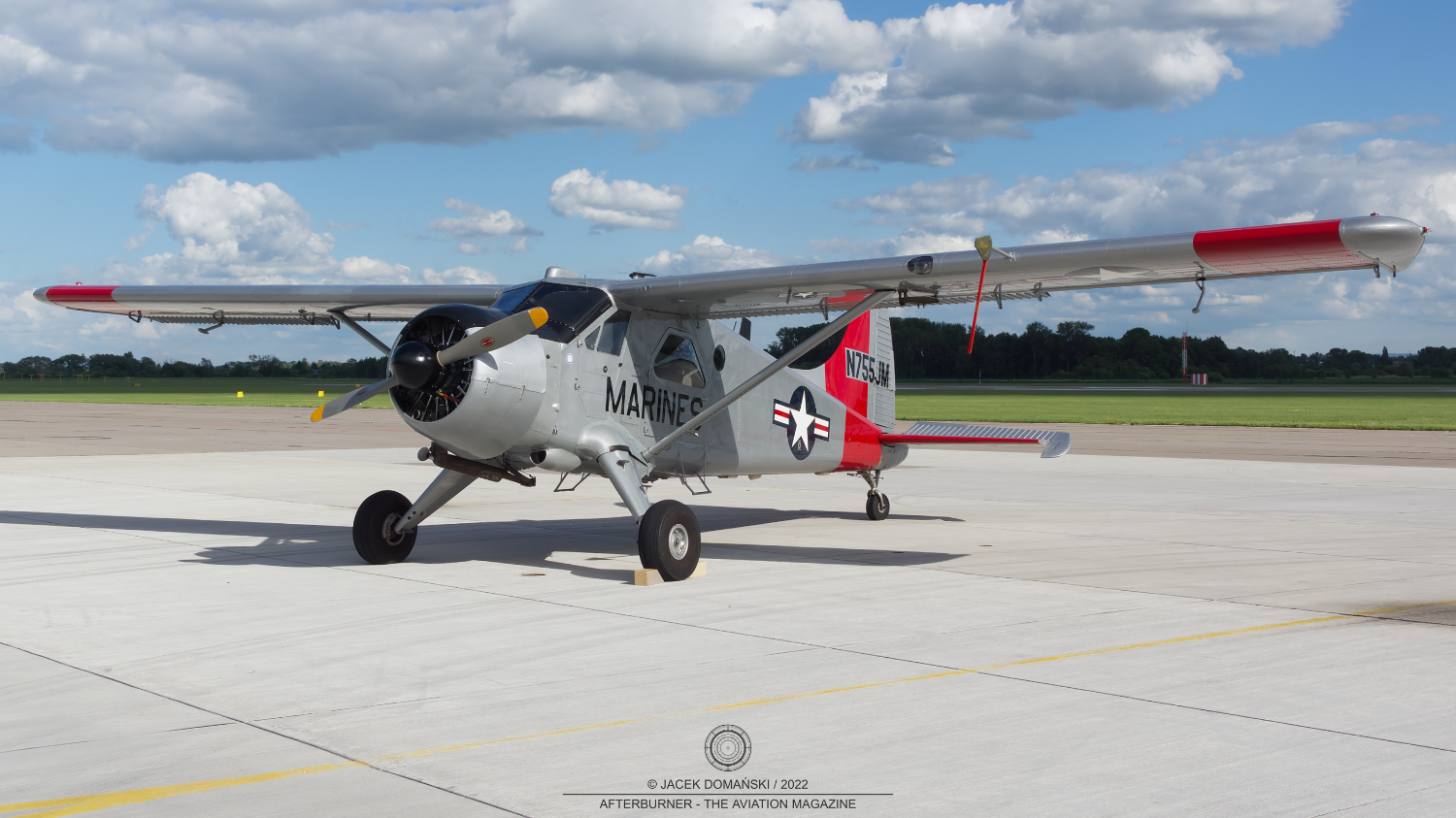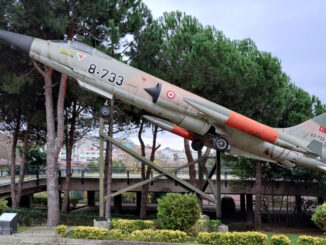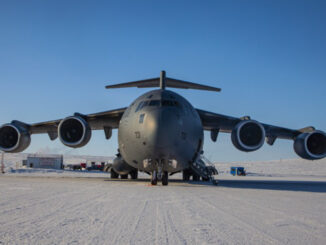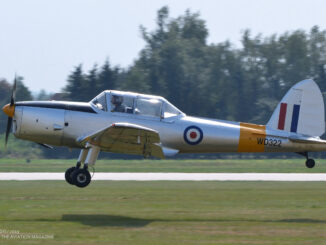 The story of de Havilland Canada DHC-2 Beaver aircraft, often referred to as ´the best bush aircraft ever made´, started shortly after the World War II. The management of de Havilland Canada (DHC) correctly predicted a drop in orders from the military sector and focused on civil aircraft instead.
The story of de Havilland Canada DHC-2 Beaver aircraft, often referred to as ´the best bush aircraft ever made´, started shortly after the World War II. The management of de Havilland Canada (DHC) correctly predicted a drop in orders from the military sector and focused on civil aircraft instead.
Market research done by Punch Dickins, the newly hired chief salesman of the company, revealed there was a huge demand for a small, overpowered aeroplane with a short take-off and landing (STOL) capabilities, as well as the ability to be equipped with different types of undercarriage – wheels, skis or floats
On 17th September 1946, the construction team responsible for construction of the new aeroplane was officially established. It included Phil Garratt (a former RFC pilot and then Managing Director of the DHC) as the leader, Fred Buller, Richard Hiscocks, Jim Houston and Wsiewołod Jakimiuk (a pre-war designer of the Polish PZL company, working for the DHC company since 1940). They were assigned the task of creating all-metal aircraft, easy and relatively cheap in maintenance, with its overall performance to be secondary to the STOL capability.
On 16th August 1947, the DHC-2 Beaver took-off for its maiden flight. Although the aeroplane seemed to meet the initial expectations, a series of evaluation flights lasted until the spring of 1948 with several design adjustments being made in the meantime.
Over the next few years, the DHC-2 became an icon of the Canadian aviation industry, inseparably connected with the country´s remote northern areas. Its exceptional flying characteristics and reliability, together with the ability to operate on wheels, skis or floats, made the Beaver one of the favourite aircraft among bush-flying operators all over the world.
More than 1,600 aeroplanes of that type were built and sold to sixty-five countries all over the world. They were used by thirty-one military operators – both the air forces and navies, government agencies (such as the Finnish Border Guard or the Royal Canadian Mounted Police), as well as by various civilian companies and private pilots.
Full story here.



